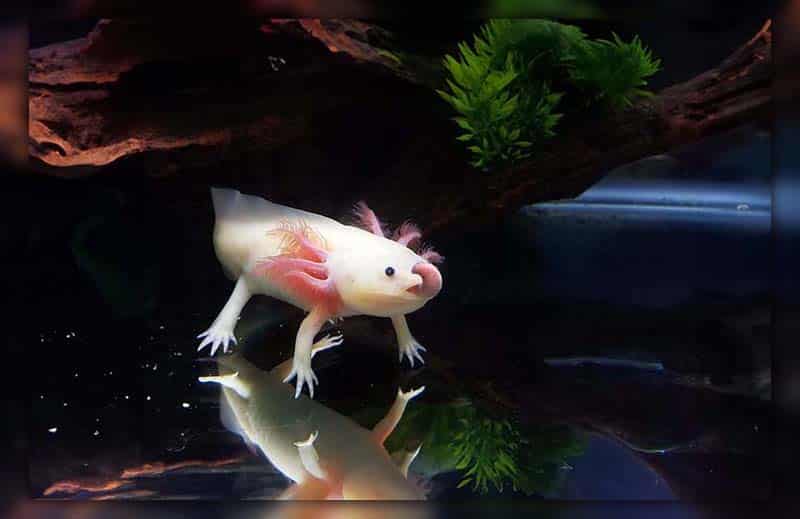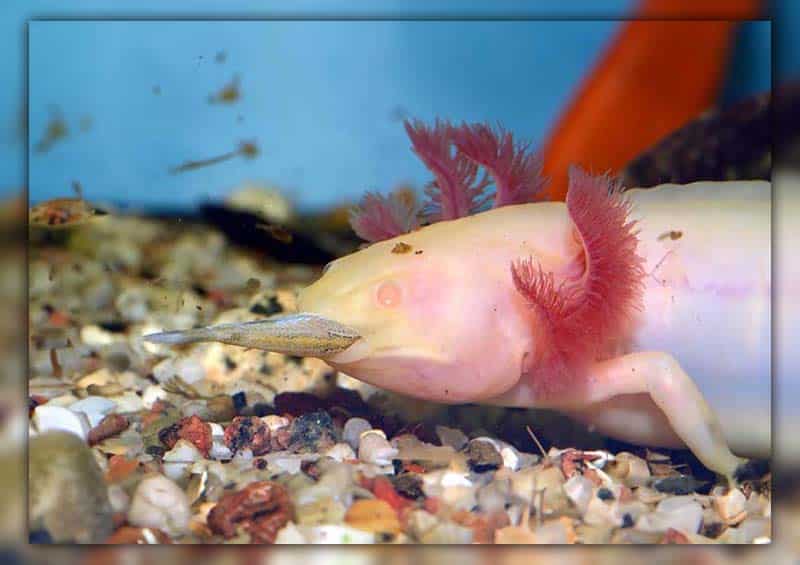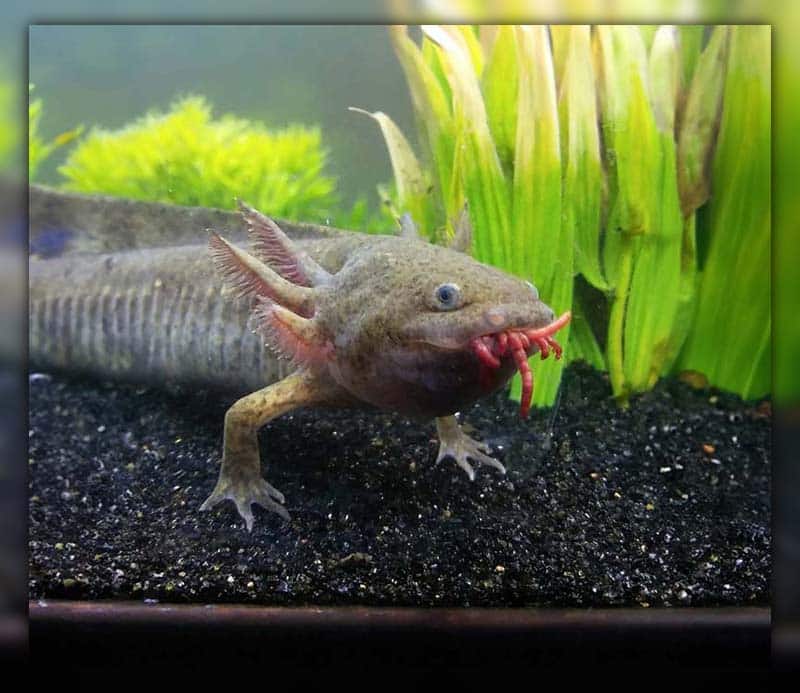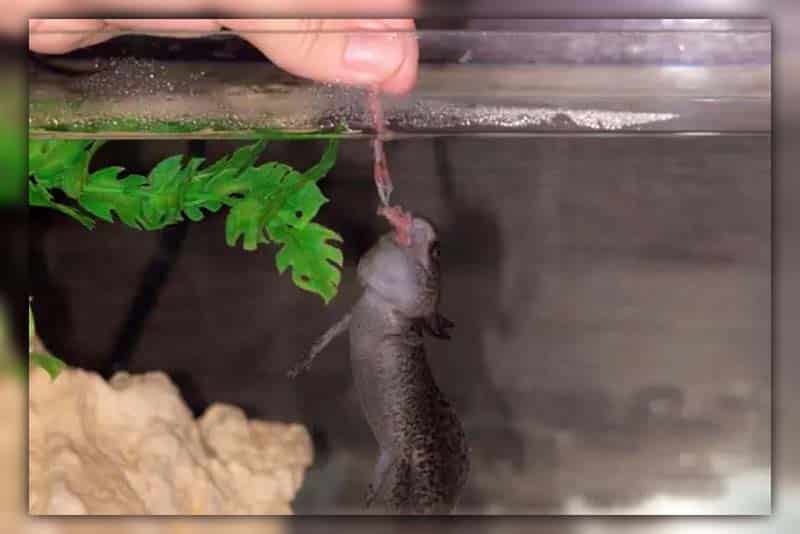Are you an axolotl owner puzzled by questions like, “What should I feed my axolotl?” or “How often should I feed them?” Perhaps you’re concerned about their health and want to ensure they receive the best nutrition possible. Whether you’re a seasoned axolotl enthusiast or a newcomer to the world of these fascinating creatures, “Axolotl Food: A Guide to Healthy Feeding“ has the answers you seek.
In this blog, we’ll unravel the mysteries of axolotl nutrition, addressing common queries and shedding light on what to feed, what to avoid, and how to keep your aquatic pals in the pink of health. Join us as we dive into the world of axolotl feeding, ensuring your little aquatic friends thrive with the right diet.
Best Food for Axolotls
When it comes to nourishing your axolotl, offering a diverse and well-balanced diet is paramount. From live organisms to frozen delights and specialized commercial foods, here’s a breakdown of the various food types to consider, each with its unique benefits and considerations:
Live food
A great source of protein and essential nutrients. However, remember to quarantine live food to prevent any potential parasites. Good options include earthworms, blackworms, brine shrimp, daphnia, and ghost shrimp.

Frozen food
Convenient and protein-rich. Consider options like blood worms and chopped fish to provide a balanced diet for your axolotl.
Commercial food
An easy and convenient choice, but prioritize options with high protein (at least 40%) and low fat (no more than 10%). Avoid artificial additives like colors, flavors, and preservatives for a healthier diet.
How Much and How Often to Feed Axolotls

For juvenile axolotls, those that are still young and growing, it’s advisable to feed them daily. However, as they mature, adult axolotls should be fed every other day or even every third day.
When it comes to the amount of food, it’s recommended to offer an amount that the axolotl can consume within a span of 5-10 minutes. A crucial aspect of feeding is to ensure that any uneaten food is removed promptly. This helps in maintaining the water quality, which is essential for their well-being.
It’s worth noting that axolotls possess a relatively slow metabolism. Thus, care should be taken to avoid overfeeding, as this can lead to obesity and other related health concerns.
Foods to Avoid Feeding Axolotls

Axolotls require a diet that’s well-suited to their carnivorous nature. However, while it’s essential to know what they can eat, it’s just as critical to understand what they shouldn’t consume. Here’s a rundown of foods that are not only unsuitable but potentially harmful to axolotls:
- Saltwater Fish: While fish might seem like an obvious choice for a carnivorous creature, saltwater varieties can be deadly to axolotls. The salt content in these fish is considerably high, and ingesting it can wreak havoc on an axolotl’s gills and kidneys, potentially leading to dire health consequences, including death.
- Fatty Fish: It’s essential to consider the type of fish you’re providing. Fatty fish like salmon and tuna come packed with a higher fat and calorie content. Feeding such fish can push axolotls towards health issues like obesity, fatty liver disease, and heart ailments.
- Processed Meats: Just as these aren’t the best choice for humans, processed meats, including hot dogs and sausages, spell trouble for axolotls. Laden with unhealthy fats, excessive sodium, and preservatives, they can give rise to a series of health problems, from digestive disturbances to heart disease.
- Live Insects: Live prey might seem like a natural choice, but insects such as crickets and mealworms come with a hidden danger – parasites. These parasites can harm the axolotls if ingested. If you’re keen on giving them live insects, ensure you quarantine the insects for at least a fortnight. This quarantine period can mitigate the risks of introducing harmful parasites to the axolotl habitat.

In closing, “Axolotl Food: A Guide to Healthy Feeding” equips you with the knowledge you need to ensure the well-being of your aquatic companions. Remember, a balanced diet is the key to happy and thriving axolotls.
If you found this blog informative, be sure to explore more insightful articles on axolotls and aquatic life at National Park Aquarium. We’re here to help you become the best axolotl guardian you can be.




